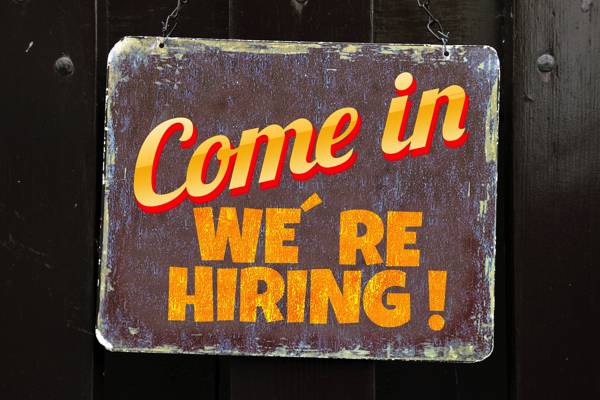There are two ways to create jobs in a country; the first is by having a high minimum wage, and the second is by lowering taxes. As seen in France, if you increase the minimum wage, employers will reduce jobs or hire fewer people, or increase prices, limiting the size of the market. Taxation affects companies trying to produce goods and services and affects all consumers. This means that higher taxes will reduce their spending power, reducing their ability to buy goods and services. Below is a list of economic policies of employment.
1. A high minimum wage
The United States allows people to work for less than the minimum wage, which means employers have more power over employees. This is a very competitive market, which means workers have little bargaining power and can be exploited easily. However, employers have a lot of power over their workers through low wages, and they also have more power over the customers they sell to because they can sell more at higher prices due to having lower costs.
2. The minimum wage is set by individual states
The minimum wage is set by individual states and not the federal government. This means that a high minimum wage for a state alone can damage the country’s economy. The USA has the highest minimum wage globally, so it creates a lot of jobs in surrounding states. However, it is followed by large companies such as Walmart and Mcdonald’s, employing hundreds of thousands of people. This creates a high amount of unemployment in surrounding states.
3. Low taxes
The USA has meager taxes, and individual states have their taxes which can be higher than the federal government’s middle-class tax cuts. This means that the richest people in the country can save more of their money and invest it into new businesses, creating jobs for less-skilled workers. This policy is biased towards investors who are not directly employed by these companies and are not on large companies’ minimum wage or payrolls.
4. High employment
The USA has a high employment rate, but it also has the highest unemployment insurance claims in the world. There are not enough jobs for everyone, and those on benefits are getting paid for doing nothing. This is likely due to welfare policies that discourage non-disabled people from working and their employers from hiring them.
5. The NEET generation
The USA has one of the highest numbers of people not in education, employment, or training. This is called the NEET (not in education, employment, or training) generation and is normally made up of students who have done well at school and have gone to university. However, it often ends up being a burden on the other taxpayers because NEETs cannot get a job because they haven’t worked before and get benefits instead.
6. An aging population
The USA is getting older and older and will soon be unable to support the economy with its working-age population. This means that the country’s GDP per capita will decline each year, becoming less competitive due to more expensive labor costs. This also means a lack of young workers to buy products, which reduces demand and causes deflation and meager economic growth in the future.
7. The gender pay gap
There is a disparity between male and female employees in the USA. Male workers tend to earn more than women, which means that the government cannot pay for welfare programs normally offered to females. This increases the number of unemployed females as there is a lack of jobs for both males and females in the US.
8. Inequality
There is a lot of inequality in the USA regarding wealth distribution, and there is a large divide between the rich and poor. However, the middle class seems to be shrinking, which means that more people are becoming poor, and some fewer people can pay taxes to help fund welfare programs.
9. Tax breaks for companies
The government gives tax breaks to large companies; this is a form of bribery so that they will stay in the USA and not go overseas for cheaper labor. This means that large companies have very few incentives to hire employees because if they pay them a higher salary, they have to pay tax on it.
10. Investment in education
The USA has invested a lot of money in education and creating new education programs. Still, most of the money is used for administration or creating new programs instead of giving the students job skills. Low-skilled workers do not make as much money as high-skilled workers and need welfare programs more than high-skilled workers with high incomes.
With the above economic policies of employment, it is clear that there are ways in which the United States can promote and create more jobs to keep up with its rapidly aging population, but the current system does not work. The US economy needs to be reformed to create a more competitive market and help less-skilled workers.

